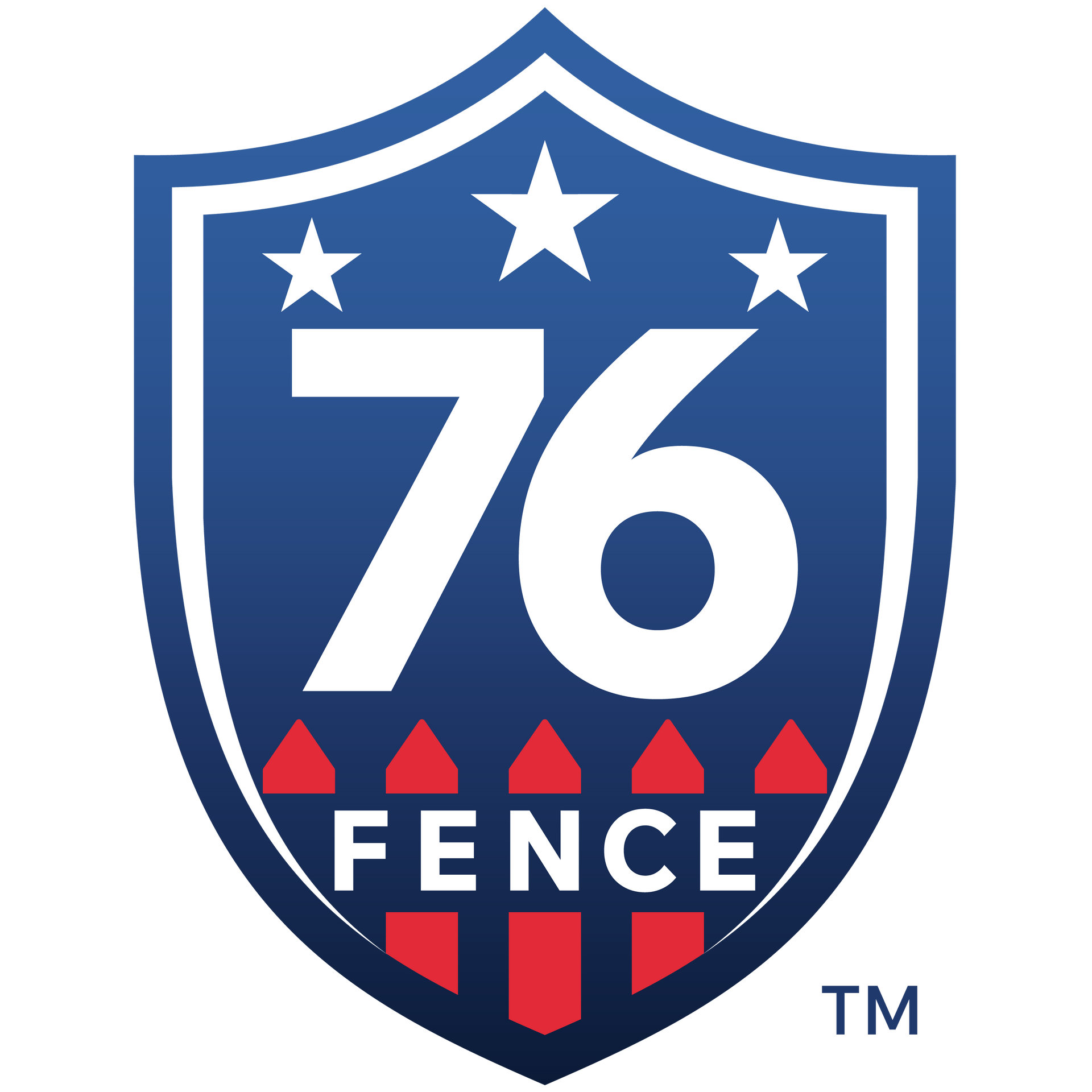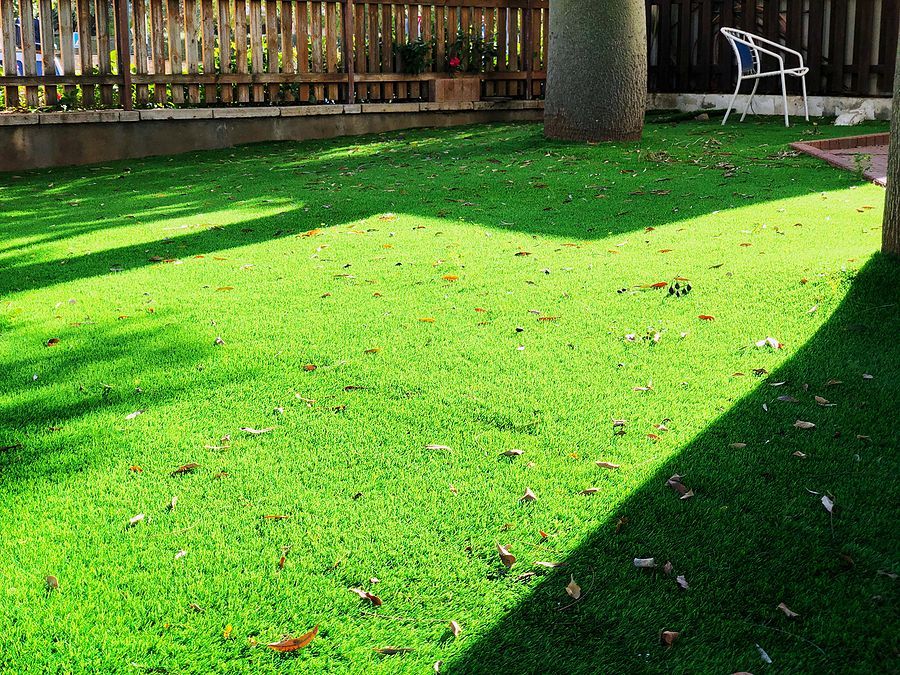Artificial Turf
Contact Us
We will get back to you as soon as possible.
Please try again later.
Welcome to Artificial Grass Schaumburg, your go-to source for high-quality artificial turf solutions. Our team specializes in transforming residential and commercial spaces with durable, low-maintenance, and aesthetically pleasing artificial grass. Keep reading to learn more about what artificial turf is, its applications, types, installation process, and cost to make an informed decision for your property.
What is Artificial Turf?
Artificial turf, also known as synthetic grass, is an engineered surface designed to mimic the appearance and feel of natural grass. Made from synthetic fibers, artificial turf provides a realistic and lush green appearance year-round, without the hassles of traditional grass maintenance. It’s commonly used in various settings, from residential lawns to commercial landscapes, sports fields, and more. The turf is made of materials like polyethylene, polypropylene, or nylon, each contributing to its look and feel.
The Many Applications for Artificial Turf
Artificial turf offers a versatile solution for a wide range of applications. From residential lawns, commercial spaces, and soccer fields to putting greens, artificial turf offers a consistent playing surface that can withstand heavy use. It provides excellent drainage, reduces the risk of injuries, and ensures a high-quality experience regardless of weather conditions. We can incorporate artificial turf into various landscaping features such as roof gardens, patios, and pool areas. It enhances the aesthetic appeal while reducing the maintenance required to keep these areas looking their best.
Different Kinds of Artificial Turf
Choosing the right type of artificial turf depends on your specific needs. Polyethylene is the most popular choice for residential lawns due to its soft texture and natural appearance. It’s designed to mimic the look and feel of real grass, making it ideal for family and pet-friendly environments. Nylon turf is known for its durability and resilience. It’s often used in high-traffic areas or sports fields due to its ability to withstand heavy use and harsh weather conditions. It maintains its shape and stands up well to wear and tear. Polypropylene turf is typically used for decorative purposes rather than high-traffic areas. It’s an economical option that offers good visual appeal but may not be as durable as polyethylene or nylon.
Our Installation Process
Installing artificial turf involves several key steps to ensure a seamless and professional result. We start by assessing and preparing the area. This includes removing existing grass, weeds, and debris, and leveling the surface. Proper drainage is also established to prevent water pooling. A base layer of crushed rock or gravel is installed to provide stability and proper drainage. This layer is compacted to create a solid foundation for the artificial turf. The artificial turf is then rolled out and cut to fit the area. We carefully align seams and secure the edges to create a seamless appearance. For added stability and a more natural feel, an infill material such as silica sand or rubber granules is spread across the surface. The turf is brushed to lift the fibers and give it a natural look. The cost of artificial turf varies depending on factors such as the type of turf, the size of the area, and the complexity of the installation. While the initial investment may be higher than natural grass, the long-term savings on maintenance, water, and landscaping make it a cost-effective solution. We offer competitive pricing and work with you to find the best solution for your budget and needs.


